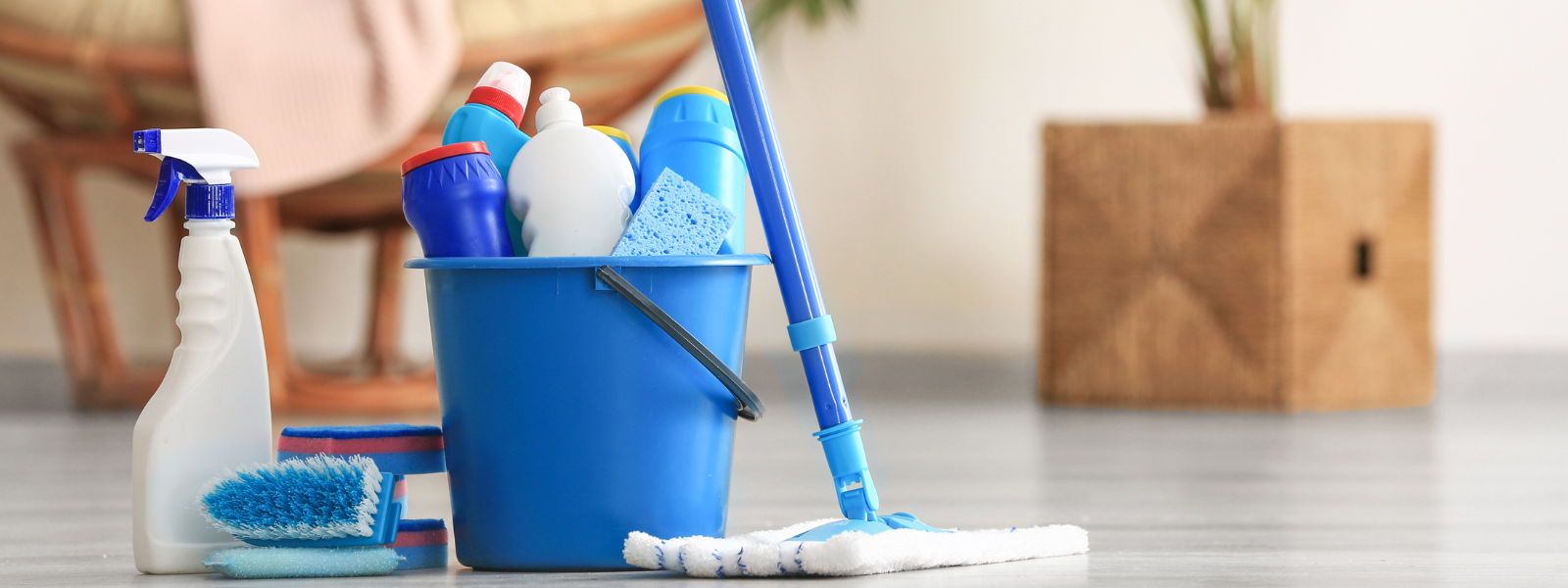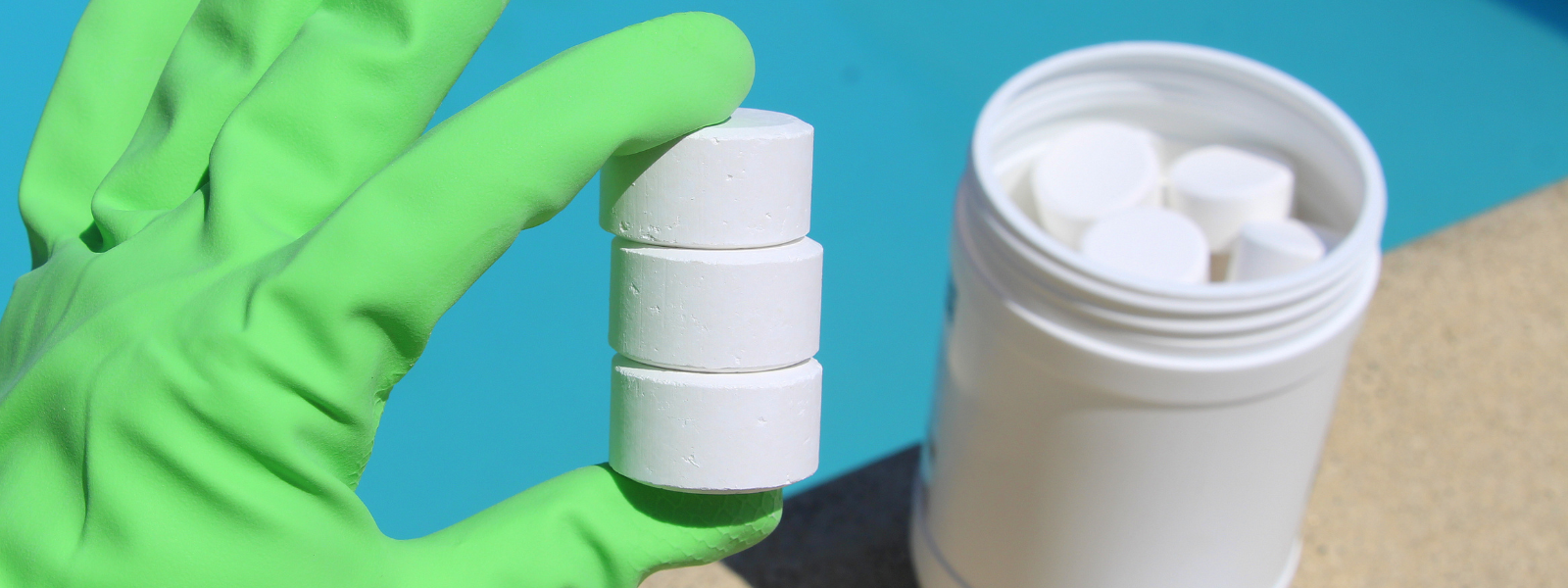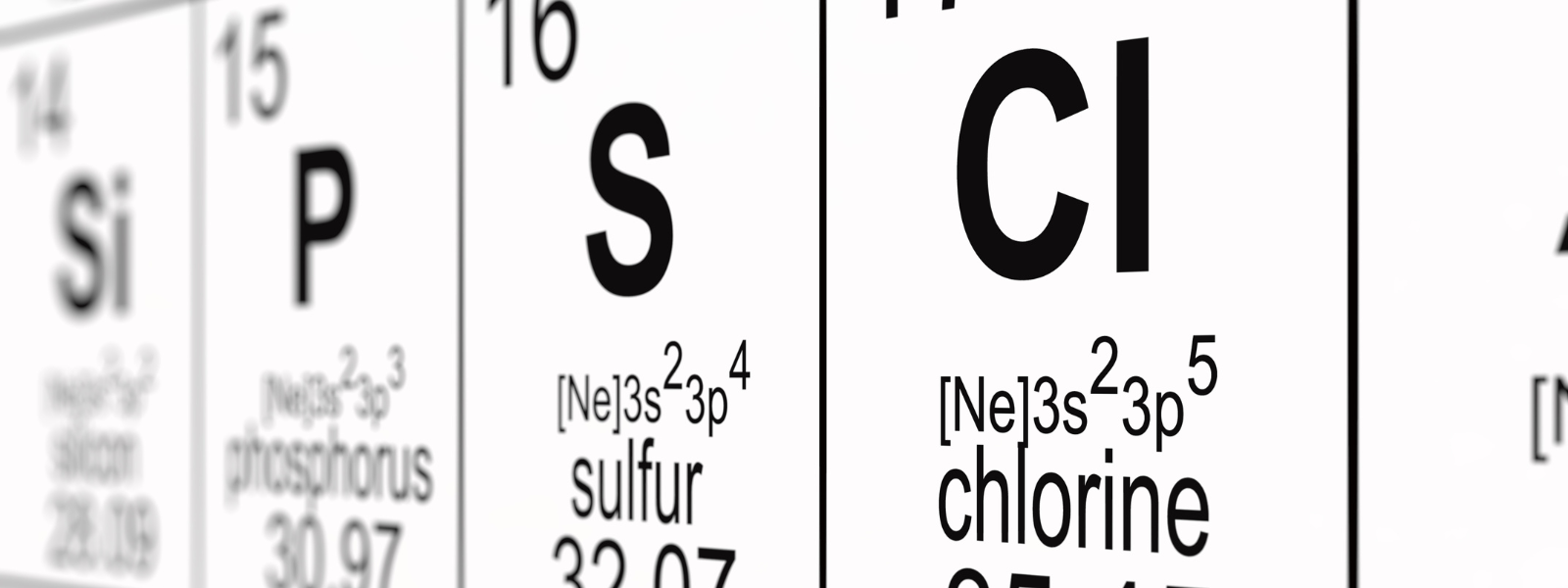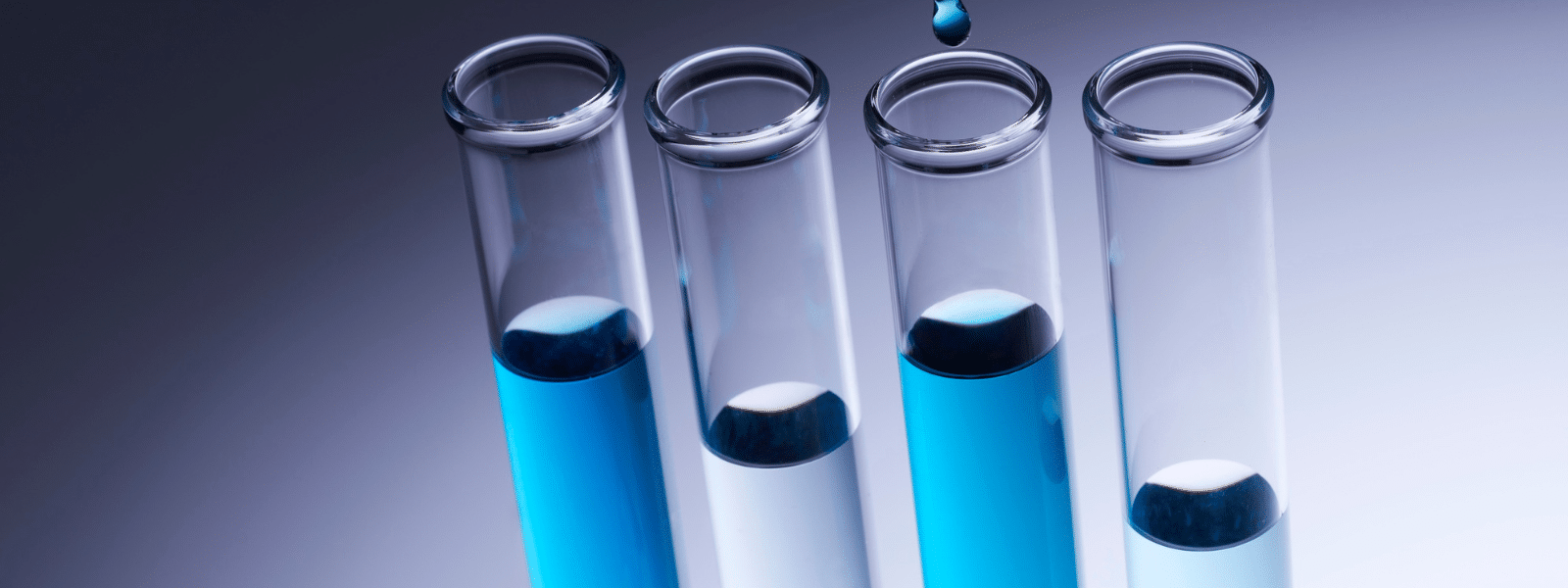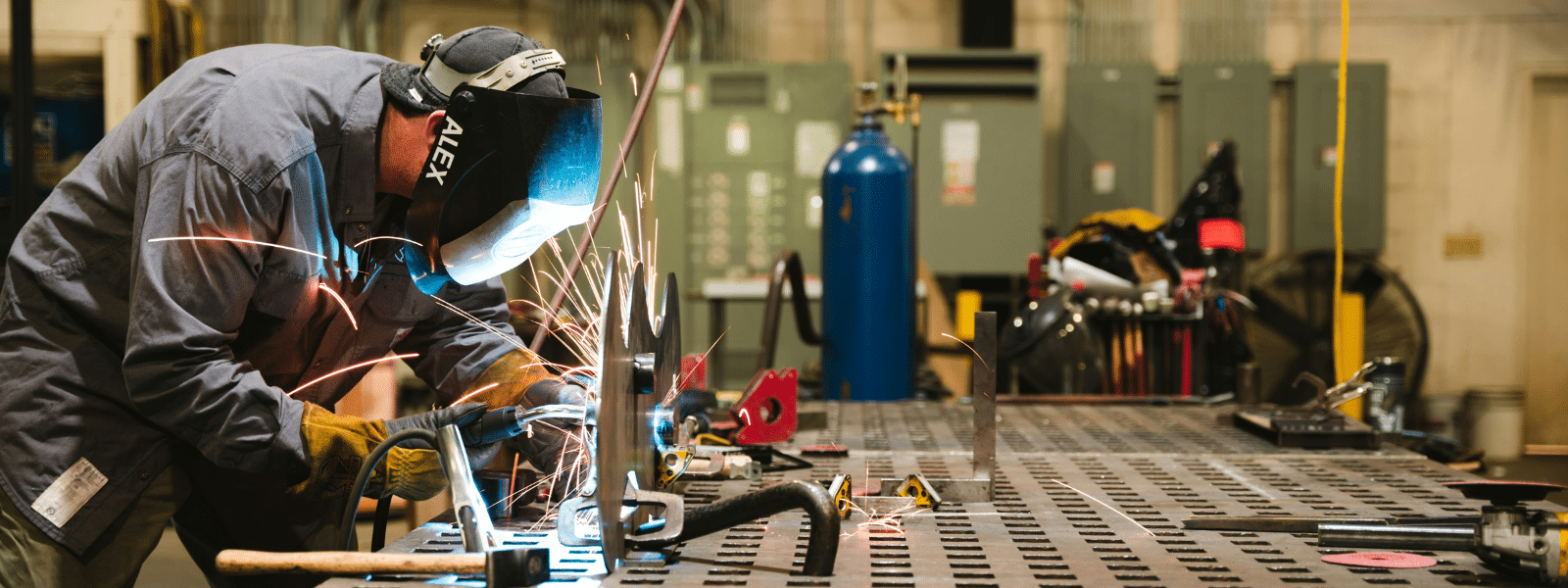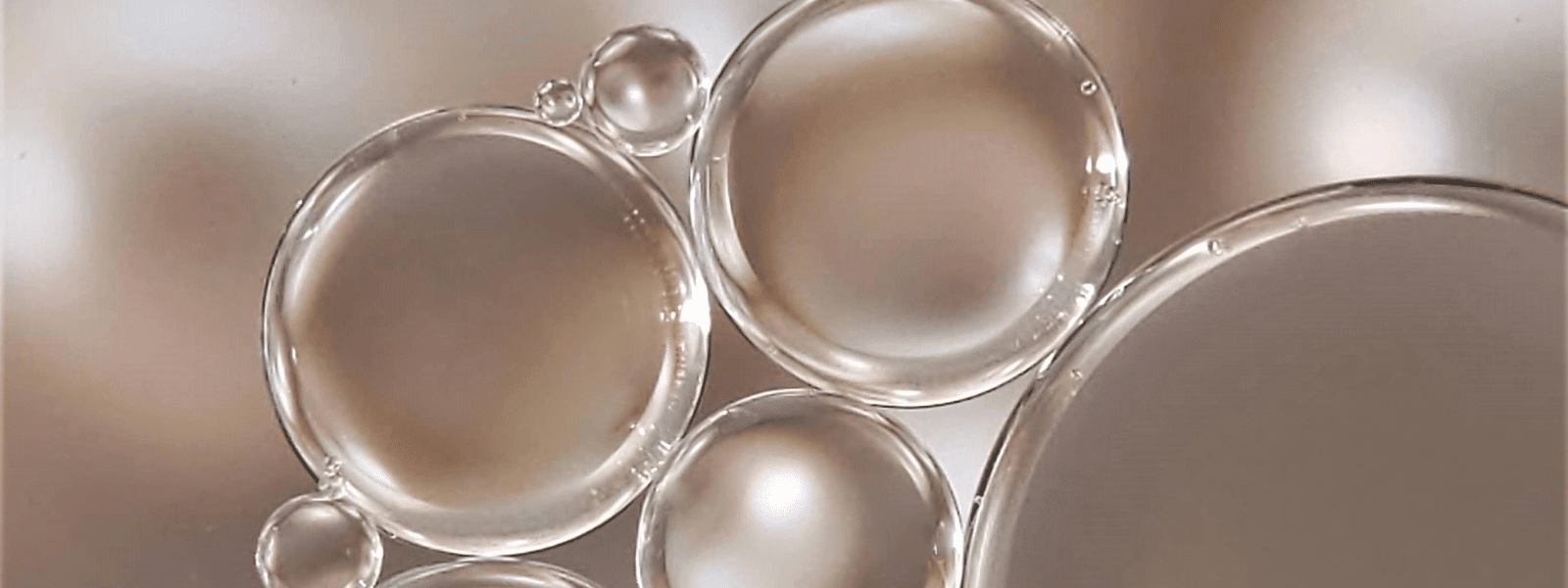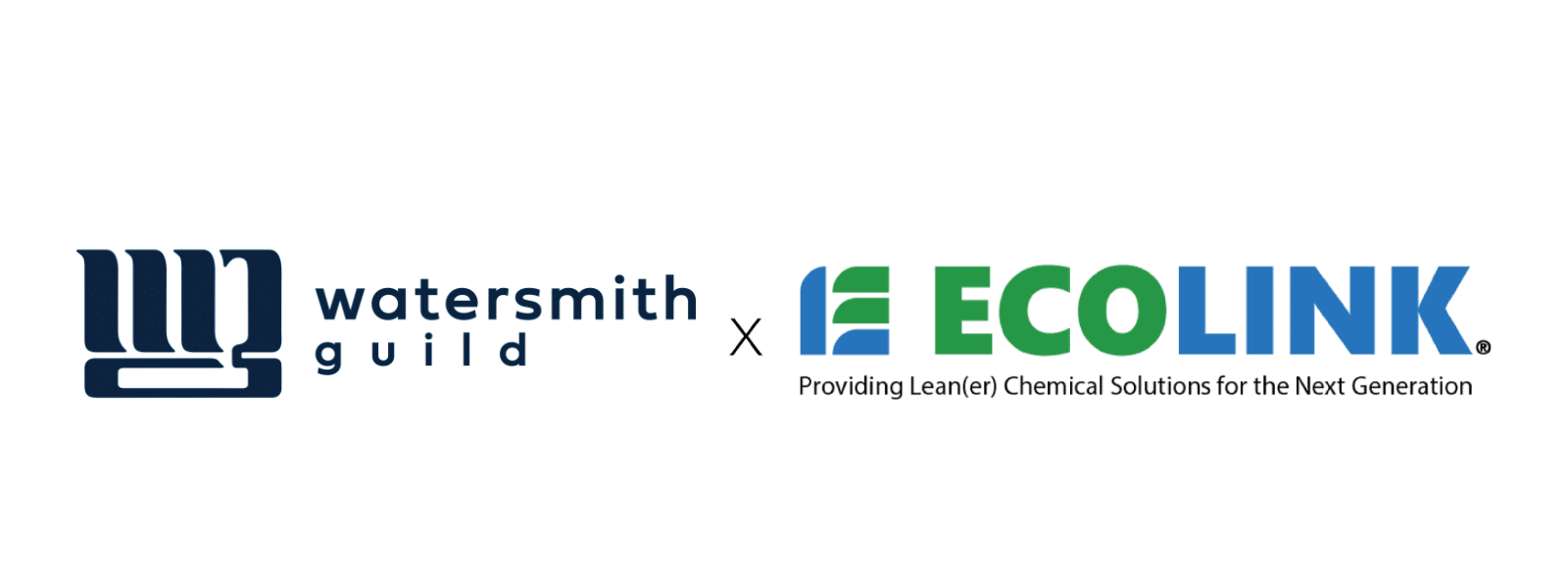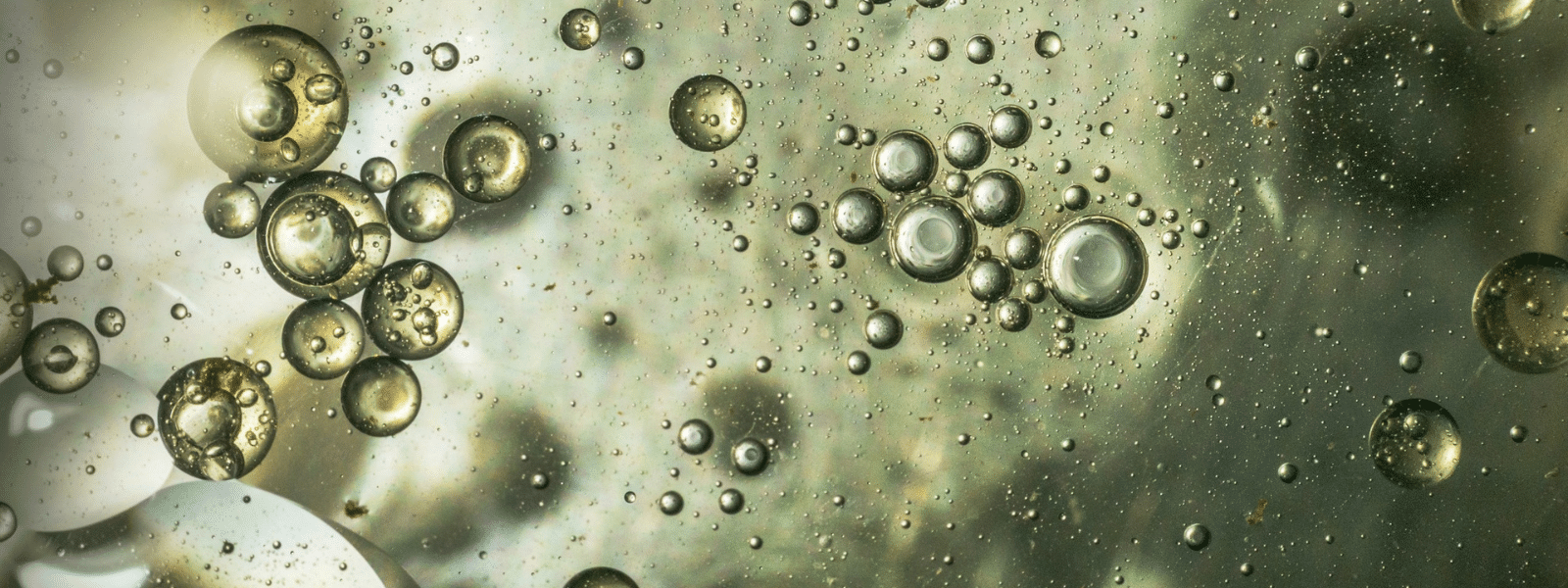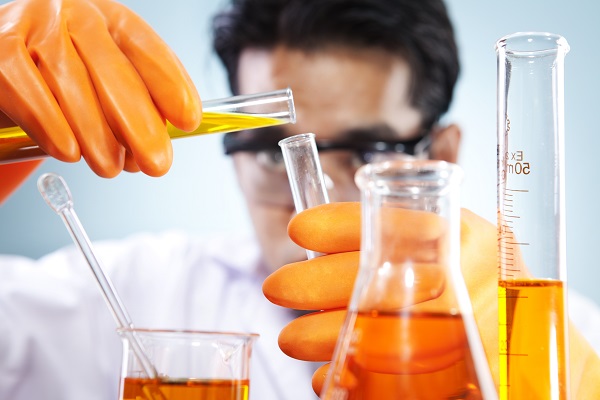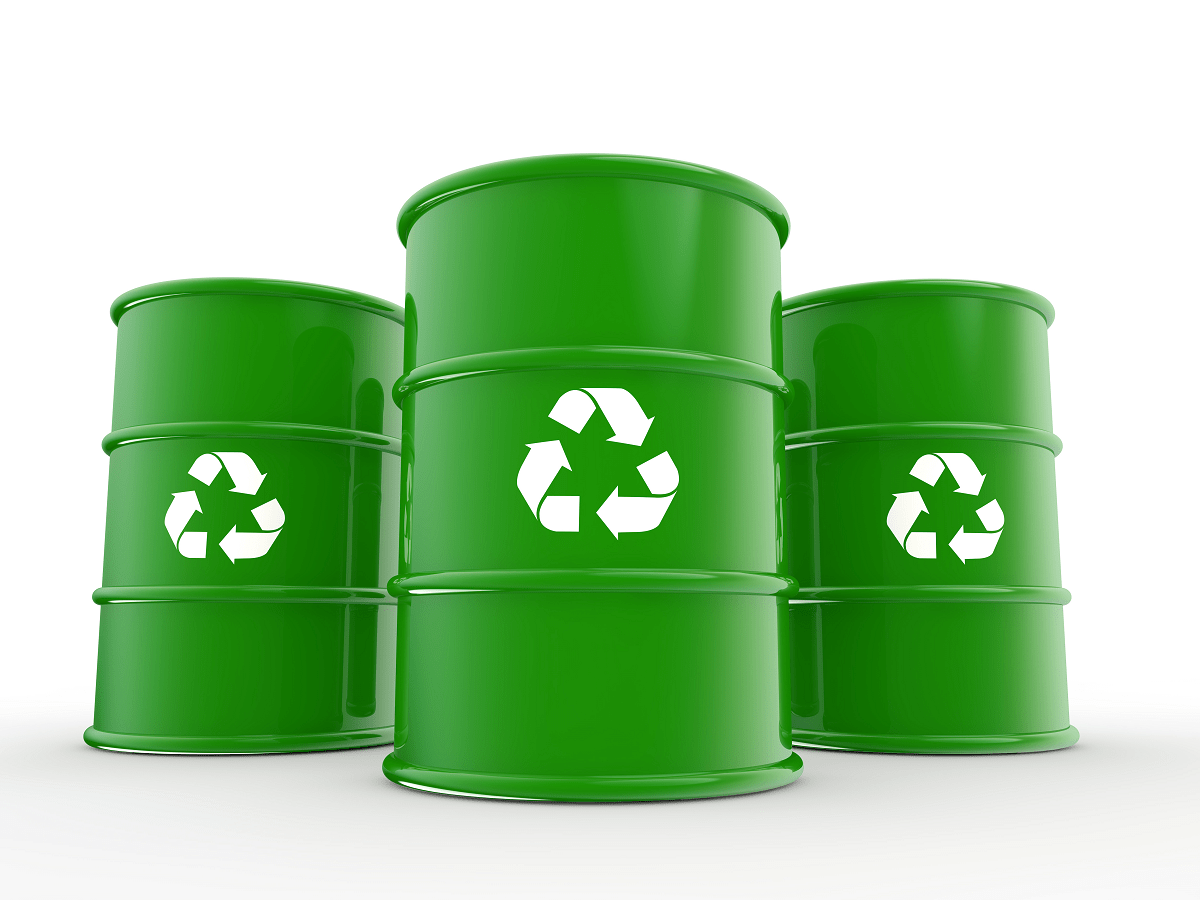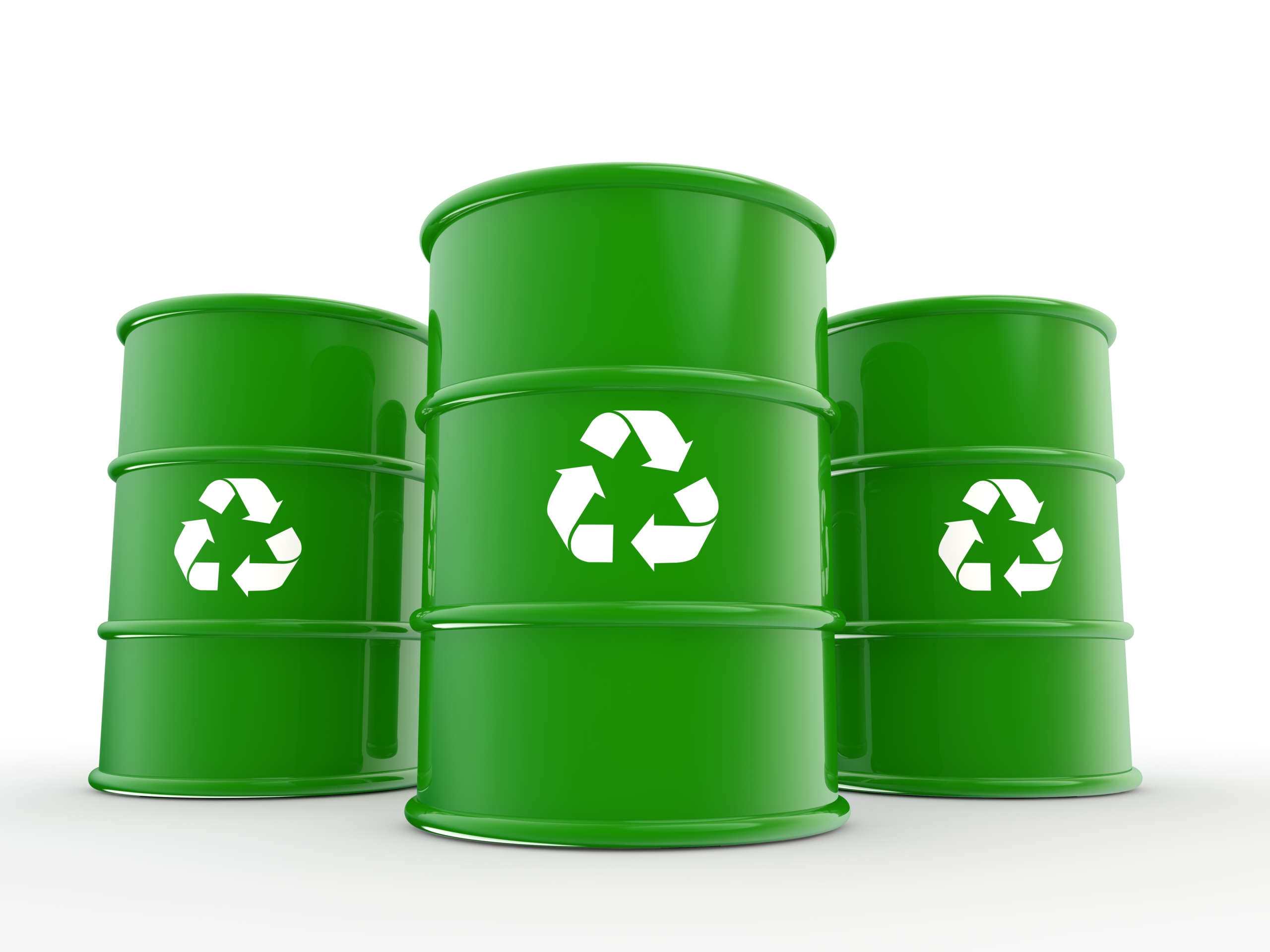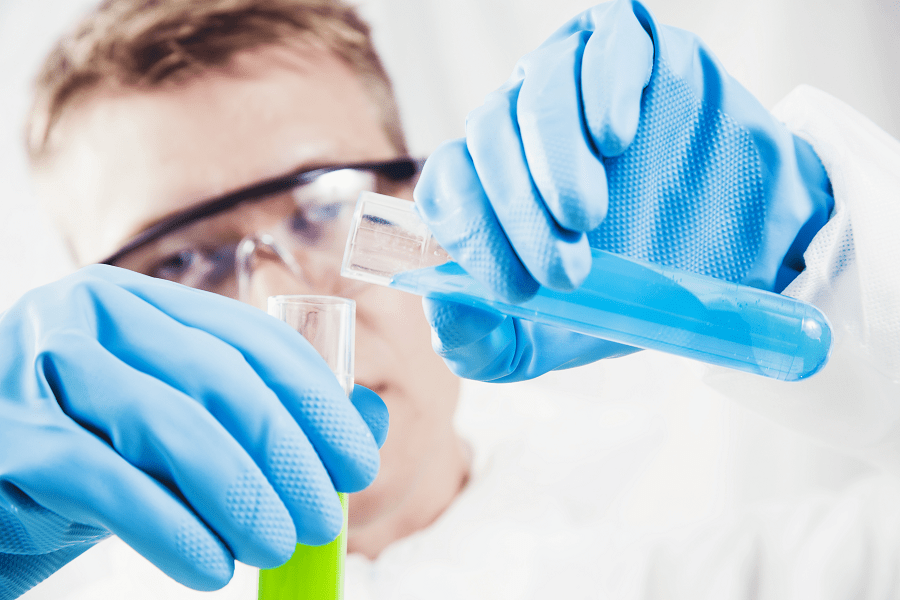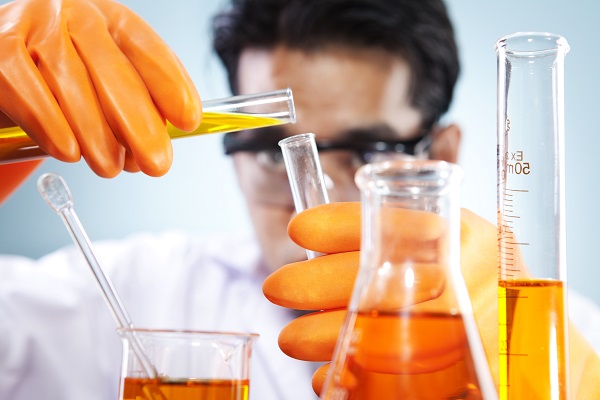What are PFAS chemicals? And why are they called “forever chemicals?” If you find yourself asking these questions, you’re not alone. Research shows...
Blog


CHEMICAL INDUSTRY NEWS
Chemical Chat – Discover What’s New!
Non-Chlorinated Solvents: Safer Alternatives for Industrial Cleaning
Solvents are essential ingredients in industrial-grade cleaning supplies; these versatile substances come in various classifications and structures....
Chlorinated Solvents Health Effects: Understanding Risks and Precautions
Chlorinated solvents or organochlorines are organic solvents bonded with chlorine atoms. They are generally utilized as raw materials in product...
Chlorinated Solvents vs Non-Chlorinated Solvents: A Comparative Overview
Solvents are substances utilized by multiple industries for diverse applications. Non-chlorinated and chlorinated...
Non-Chlorinated Solvents: Safer Alternatives for Industrial Cleaning
Solvents are essential ingredients in industrial-grade cleaning supplies; these versatile substances come in various...
Company News

Managed Services
Discover the Latest in Safe and Sustainable Chemical Solutions
Stay informed with Ecolink’s blog! Subscribe now
Chemical Management Information
Stay updated with us
Sign Up for the Latest Updates
Stay informed about chemical supply chain disruptions and emerging innovations to keep your business at the forefront of efficiency and innovation. Uncover new ways to make your business practices more sustainable by incorporating safer products into your cleaning lineup.




